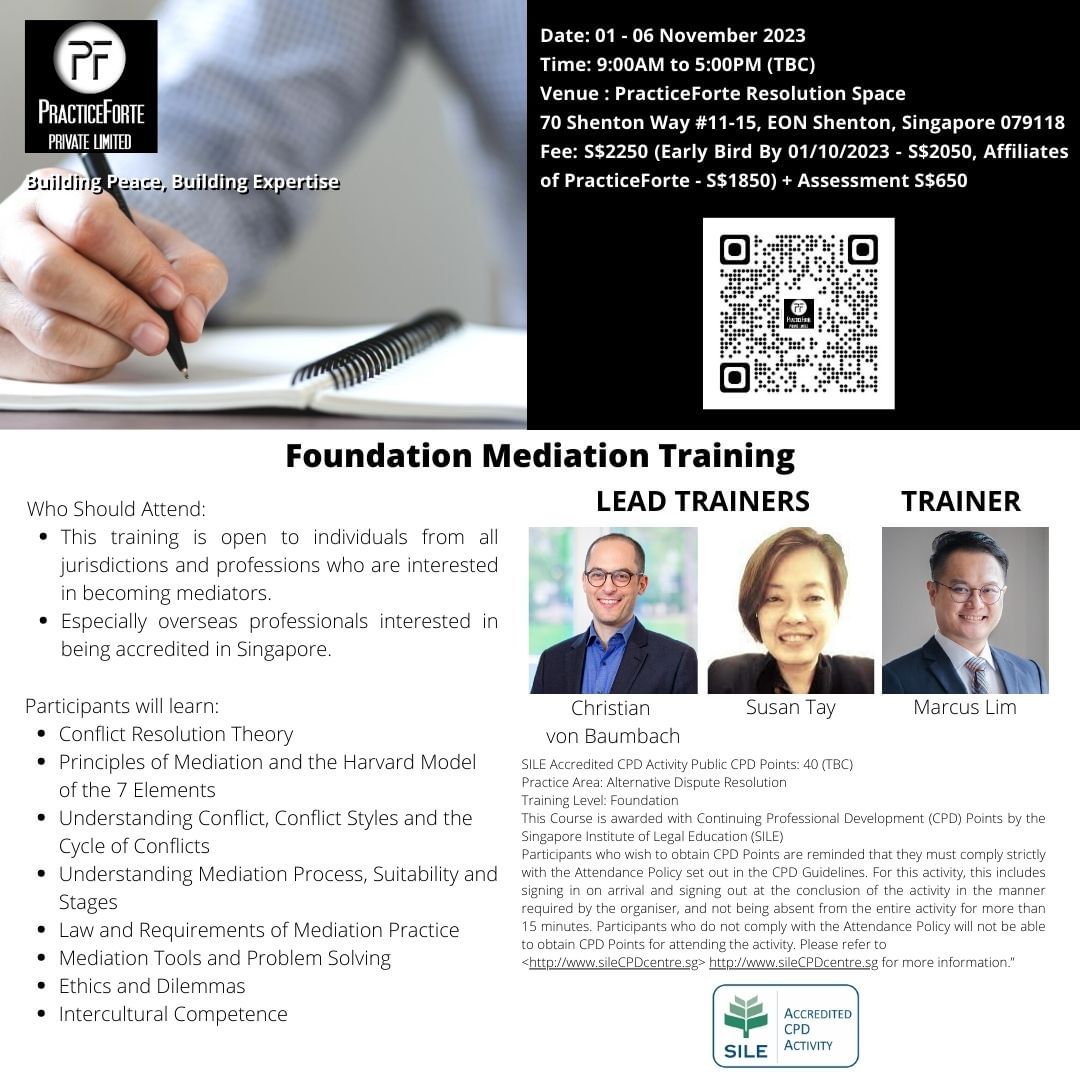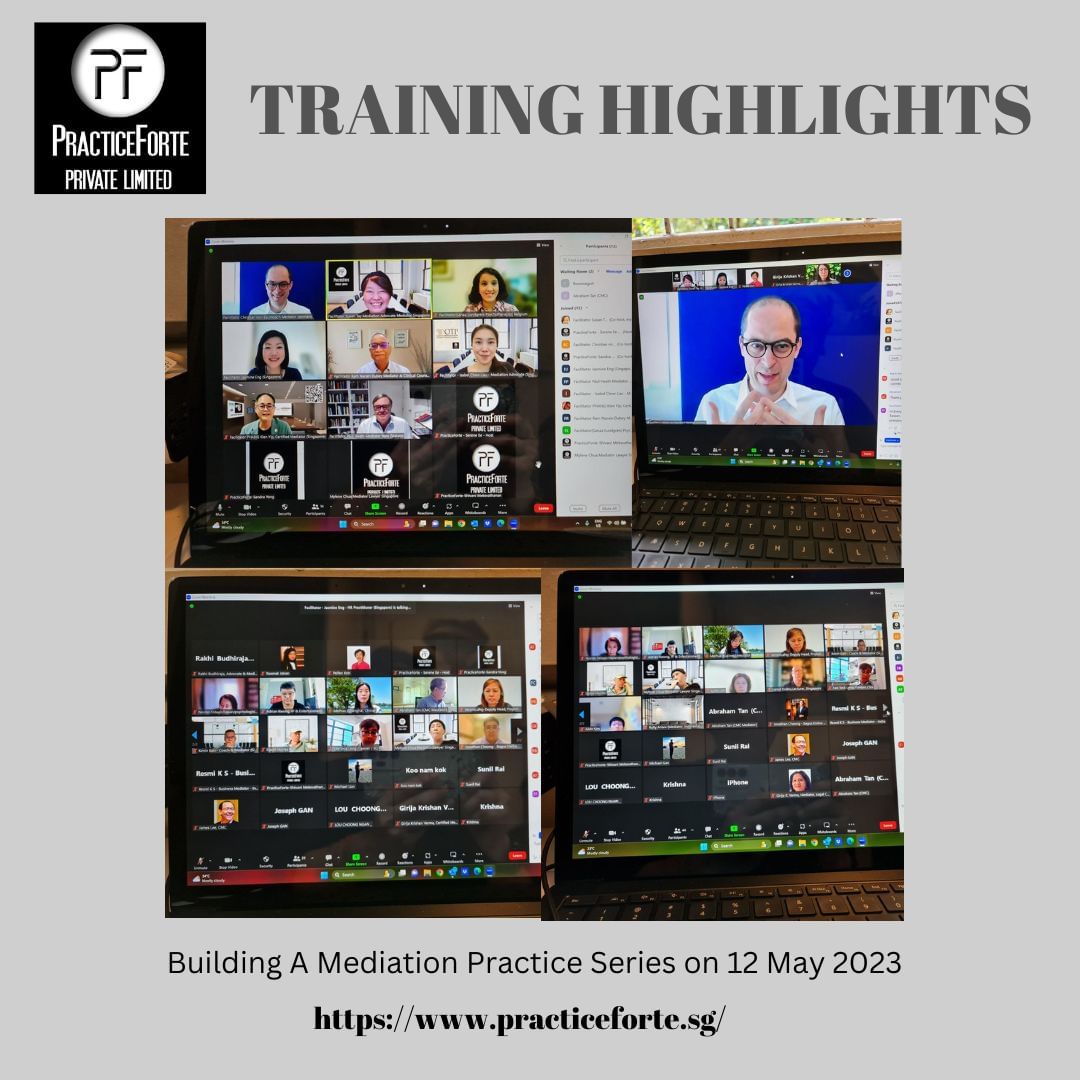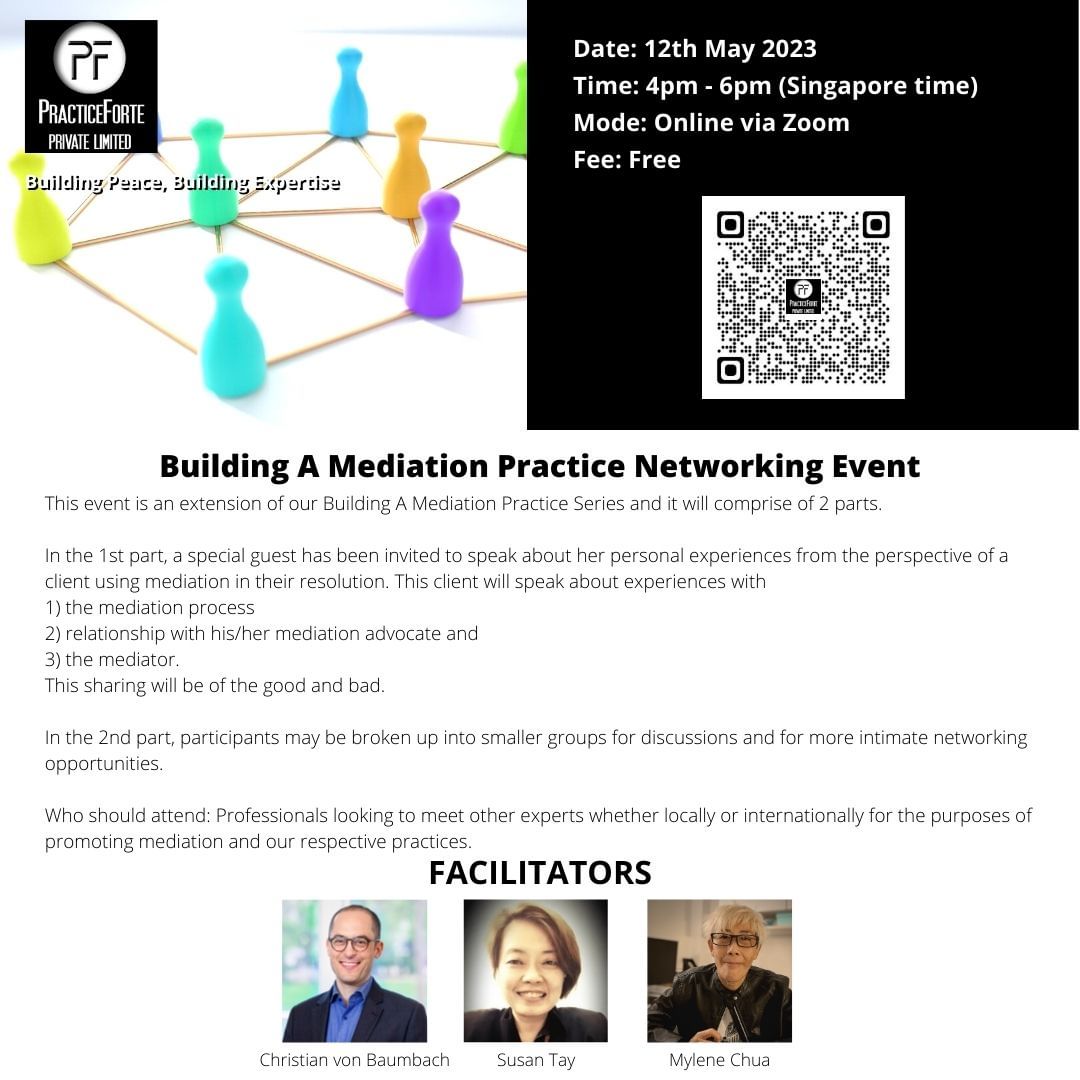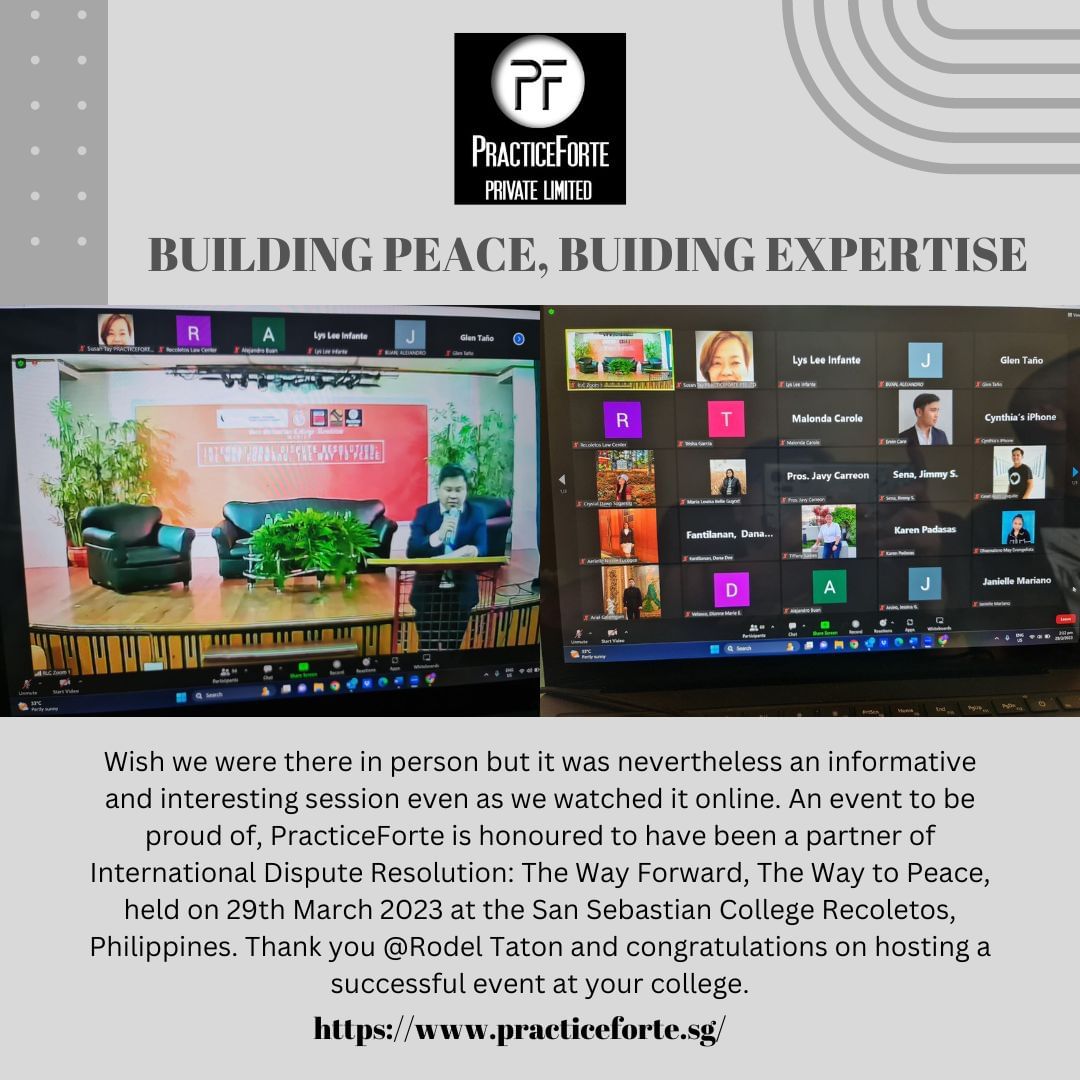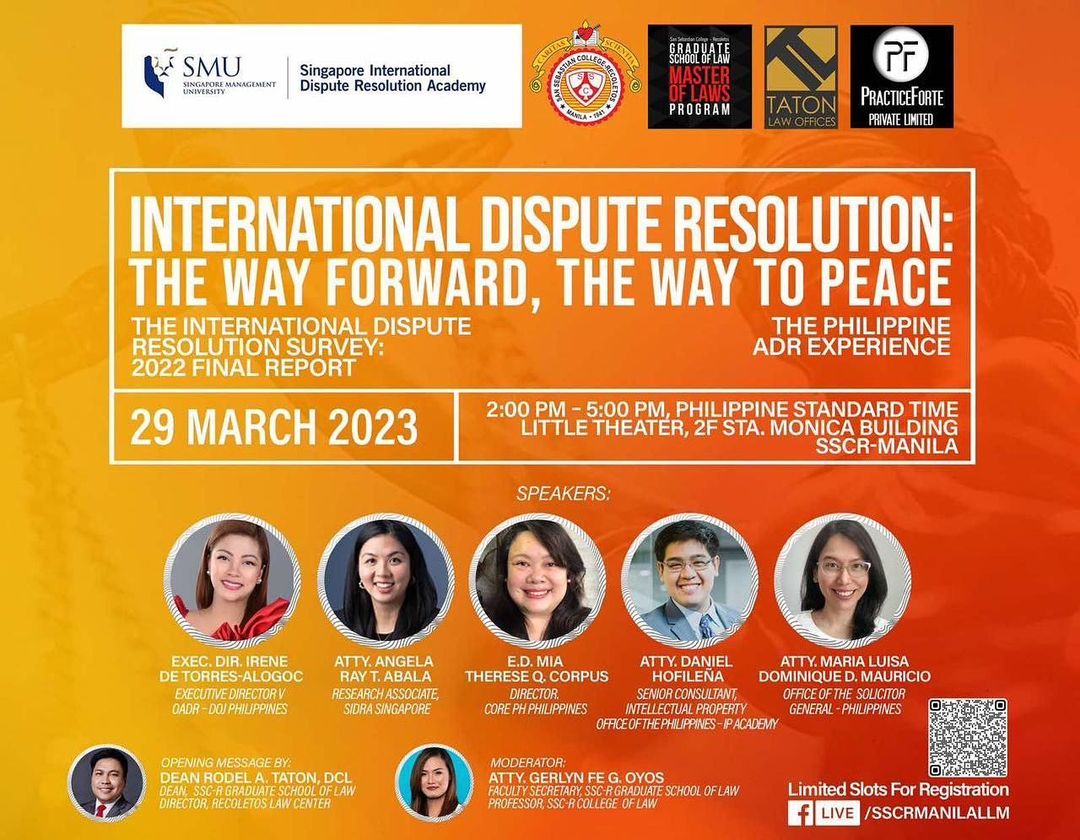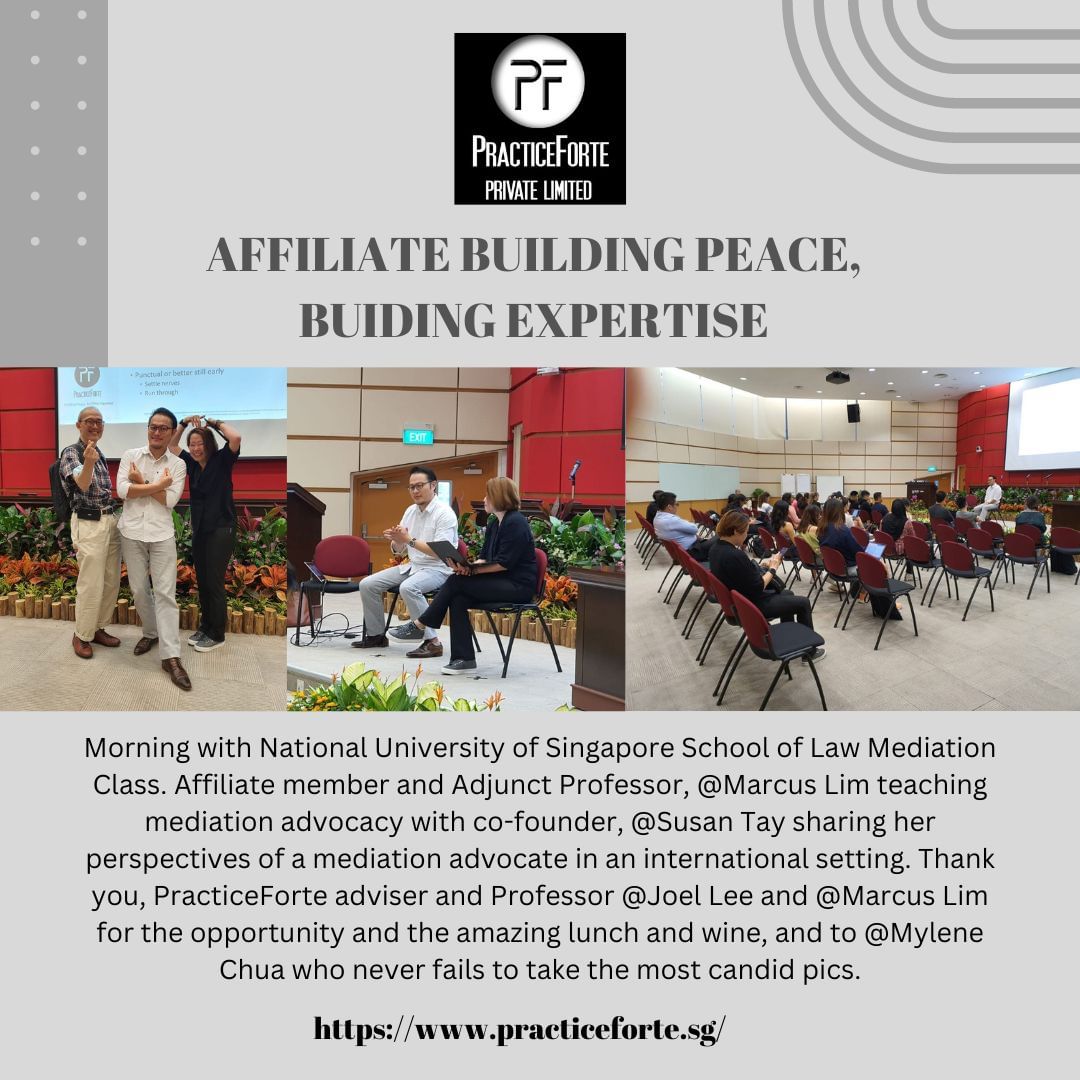This article was published by The Academy of Experts in The Expert & Dispute Resolver [Volume 28, Number 2 (2023)]. Republished with permission.
English is not the author’s native language and we appreciate the time and effort taken to write the article. It has been published as submitted to reflect the author’s intentions.
by Keiko Tanaka
“What do you think?”
“I understand you disagree with me, so what is your opinion?”
When I did my first homestay in England as a teenager, I was so perplexed by this kind of question that I was unable to answer. Until then, I had had very little experience of being asked for my opinion by my superiors, such as teachers and people older than me – let alone having my views taken seriously by them. It wasn’t until I studied mediation in London and started to discuss these things with other mediators that I realised the practice of expressing one’s personal opinions was not built into Japanese culture.
Through my conversations with foreign mediators, I began to notice that Japanese people are not good at self-determination. As I have already explained, when I was young I was rarely asked for my opinion and I would probably not have been able to express an opinion if it differed from that of my superiors. I grew up in a culture that placed the highest priority on harmony, both at home and at school. If you were not aligned with others you were expected to gauge the situation and adjust your opinions in order not to stand out. In Japanese, there is an expression “wound up ona long thing” which translates roughly to “if you can’t beat ‘em, join ‘em”. From a young age, children are expected to read the atmosphere and blend in.
So how do groups make decisions? In the business world there is a culture of “nemawashi”, or “behind-the-scenes negotiations”. As mentioned above, expressing a divergent Opinion in public is seen as bad-manners, even shameful. Japanese people fear that expressing their personal opinion may cause someone (worst of all their boss) to lose face, or it may destroy the mood in the room.
As a result, before holding a meeting the person in charge will usually speak individually with each participant and any other stakeholders, to coordinate views as a whole before the meeting begins. So when it comes to the actual meeting, there are unlikely to be any dissenting opinions, and it will feel as if everyone is in perfect agreement.
What about in schools, homes and other settings? The balance of power is a major factor. Powerful, assertive people usually have the upper hand. If you are lower status you are not expected to express a personal opinion. Your role is to gauge the attitudes of your superiors – parents, teachers, more senior students etc.
Traditionally anyone in Japan who is unable to adapt to this consensus-building culture is branded as someone who cannot read the air, and is treated as an outsider or weirdo. These days, outside of business, the pressure to read the air and align with others is becoming a problem in school and social life.
In the business world there is growing dissatisfaction with the traditional consensus-building culture. Japan is undergoing big changes such as the diversification of the workforce, erosion of the tradition of lifetime employment (i.e. working in the same company from graduation to retirement), and the emergence of new styles of working among young people. To deal with these developments, facilitators are being brought in to manage meetings, and supervisors and leaders are being taught how to give coaching. In this era of internationalisation and diversification, Japan’s traditional “nemawashi” culture is starting to change. We are beginning to think about how to incorporate diverse opinions to reach mutual agreement. And at the same time the practice of “nemawashi” is being introduced abroad.
1 Characteristics of the Japanese language
Status is built into the Japanese language. As a lower status person, you are expected to choose words that convey to higher status people that you see yourself as lower status than them, and express your respect for them. Another important characteristic of the Japanese language is that you do not explicitly negate someone else’s opinion.
In my last article I wrote that in Japanese the verb comes at the end of the sentence, so when you finally hear it, the sentence may turn out to mean completely the opposite to what you were expecting. Because of this we need to read the intentions of the speaker during the earlier part of the sentence (subject, complement, adjectives, nouns) and gather non-verbal information from their facial expressions and voice. This is required not only by the mediators but also by the parties. On top of this, it is also sometimes necessary to choose different verbs in order to show respect.
Answering tag questions
Consider the question:
“ You did not say XYZ, did you?”
This kind of “tag question” is an example of why it is so difficult for Japanese people to learn English, and for English speakers to learn Japanese.
If you were to answer a tag question like this, in English you would either answer: “Yes, I did say XYZ” or “No, I did not say XYZ”. In Japanese, your answer would be either “Yes, I did not say XYZ” or “No, I did say XYZ”. In other words Yes and No are used in entirely the opposite way in Japanese.
I suspect this stems from a culture of not wanting to negate the speaker right at the beginning of your sentence. If your sentence contains a negative expression, you want to start the sentence with something positive that sends out the message “you are right”, before moving on to the negative expression.
If you were to start the sentence with “No” it would sound doubly negative.
If a mediator uses this kind of tag question, and a Japanese party answers only with Yes or No, without including the rest of the sentence, precisely the opposite meaning will be conveyed, which could lead to major misunderstanding.
Respectful and humble words
Respectful words are used in everyday speech to express respect for the other person through the choice of verb. This is a way to lower yourself and show that you consider the other person as superior. It is part of social etiquette to choose the verb based on the situation.
Students at the outset of their education and employees at the outset of their career will receive training in how to choose their words, for instance when answering phone calls or meeting people for the first time. This skill is required in order to express yourself without causing others to lose face.
The same goes for mediators, who need to choose the right honorific and humble terms to convey trust and respect between the parties involved. This is a major difference between English and Japanese mediation. When a mediator, acting as an interpreter, translates what one party is saying in English into Japanese they will have to choose their verbs with great care, to avoid giving the wrong nuance and causing offence.
Singular and plural in spoken Japanese
In my previous article, I wrote that in Japanese we do not address the person we are speaking to as “you”. Another interesting difference is that in English “you” is extremely neutral – it can be used for singular or plural and for any gender and relationship. In Japanese, it is very difficult to express “you” in the second person plural, and it is impolite to begin a spoken sentence with the word “you”. As a result certain sentences, when translated from English into Japanese become rather distant, third-person expressions. Once you also factor in honorifics and suffixes it creates even more distance and hierarchy in the relationship with the other person.
Let’s look at some sentences that begin with “you” to see how they differ in English and Japanese.
Suppose as a mediator you want to reflect back what one party (Ms. A) has just said. In English it might sound like this:
Ms. A, you are saying that you are worried about your relationship with (NB no possessive case ) husband, and at the same time, you both need to think about (NB no possessive case ) children’s best interests.
As a mediator if you translate this into Japanese you wouldn’t address the party as “you”. It may give the impression that you look down on them, which could make them feel uncomfortable and undermine the relationship of trust that you want to achieve as a mediator.
If I were to translate such a sentence into Japanese I would say the Japanese equivalent of:
What Ms. A is saying is that Ms. A is worried about her relationship with (NB no possessive case ) husband, and at the same time, Ms. A thinks it is necessary (NB no subject!) to think about the childrens best interests.
As I mentioned earlier, it is not only second-person expressions that are difficult to translate, but also third-person. This is because in Japanese the subject of the verb is not stated, but has to be guessed from the context.
What about the plural form? Consider the case where a mediator wants to talk about both parties’ issues at the same time.
In English they might say, for example:
“Mr. A and Ms. B, both of you are talking about family finance, custody, and visitation.”
When I try to translate this into Japanese, I would say the Japanese equivalent of:
“Both Mr. A’ and Ms. B’s statements are about family finance, custody, and visitation.”
Or
“Both Mr. A and Ms.B are talking about family finance, custody, and visitation. ”
In other words the second person plural “you” becomes third person. Thus, in the Japanese language the verb is changed in order to express respect for the other person. And when you want to repeat the story of the person in front of you, you use the third person instead of the second person in order not to sound rude.
So when we mediate in Japanese, the subject ends up as third person – either singular or plural. If an English mediator listened to a direct Japanese interpretation, it would feel as if the nuance of speaking to one person as opposed to two people is lost. To the ear of a native English speaker, it can sound cold and impersonal, like a news broadcast.
Meanwhile if you directly translate the words of an English mediator into Japanese, it will begin with the word “you”, and the wording will be direct, which will feel jarring to a Japanese person, and may make it difficult for them to respond or express an alternative opinion.
If the interpreter and the mediator are different people, and if they are unaware of the difference nuances involved, it could have a negative impact on the outcome of mediation. If the mediator is also acting as interpreter, they will need a great deal more ingenuity than a normal interpreter, and the pressure on them will be far greater than on a regular mediator.
3 The concept of family, social context and self-determination
(1) The individual in relation to the family
As mentioned above, the Japanese language does not make a clear distinction between oneself and others. This system of deliberately making the subject vague has been part of our culture for nearly 2000 years, and is a way of preserving harmony.
Recently, while walking around town, I noticed some tombstones. In Japan the name engraved on tombstones is the family name. For example, on my family tombstone it says “Tanaka Family”. Several members of the family will be buried in the same grave. The oldest son of the family inherits the tomb. In fact, there is a category of family court mediation called “ritual succession”. The issue of who takes over responsibility for graves is so important that it is a separate category of mediation. For traditional weddings and other important occasions, the invitations and sign posting at the venue will state the names of the two families, such as “Tanaka Family and Yamamoto Family,” instead of the names of the individuals.
My experience of overseas mediation training and international couple mediation has made me think about the role of the individual in the context of Japanese culture. I feel that in Japanese culture we have been educated to prioritise others, to be in harmony with our surroundings, and to avoid putting ourselves in the forefront.
Of course, times have changed and we are now less constrained by traditional thinking than before. School education has also begun to incorporate new communication styles and to teach debating skills including how to express one’s opinions. Nevertheless in some parts of society, especially in the countryside, the traditional culture is still very much alive, and it will take time for it to change. With the current mix of old and new cultures, the traditional balance of power has been disrupted and often it is frankly very difficult to decide how to act.
(2) The process of expressing one’s opinion and self-determination
Mediation, with its emphasis on self-determination, is a Copernican concept for us Japanese. Having a mediator who supports you to listen carefully to your own story and to the other person’s story and then draw your own conclusions – this is an unusual experience for us. I believe it will be a major force in driving Japanese culture forward.
We are not used to self-determination and expressing our own opinions. For this reason it may take longer for Japanese people to express their opinions and make their own decisions, compared to people from other cultures. I think that the Japanese language reinforces the culture of maintaining harmony by not making the subject matter explicit.
I have realised through my practice that it is necessary to be very mindful of such cultural differences when mediating cases involving international relations. In this sense, case intake and case management are very important. This time is a chance for the mediator to prepare the parties for the joint meeting where they will be invited to express their views in front of others and make their own decisions.
4 Summary
Perhaps we Japanese, with our thorough training in preserving harmony, are good at reading each other’s feelings and the general atmosphere. However we are not good at verbalising and expressing, including the linguistic context. Japanese mediators must do their best to support their clients within the cultural context. And I hope you, after reading this article, will remember to bear this in mind when you mediate Japanese parties.
25 years have passed since I started studying mediation in England. Every day, as a Japanese person, I learn more about foreign mediation, with the support of foreign mediator friends. I am always asking myself how I can help foreign mediators adapt to Japanese culture.
The longer I work as a mediator, the more I feel that there is no conflict resolution method more suited to Japanese culture than mediation. This is because in mediation both parties influence the outcome, and the process invites you to think about and respect the other person. In this sense mediation is entirely in line with the Japanese concept of harmony.



